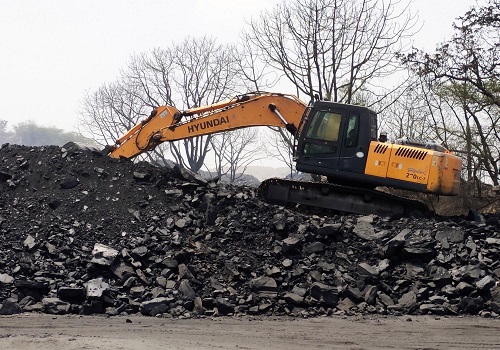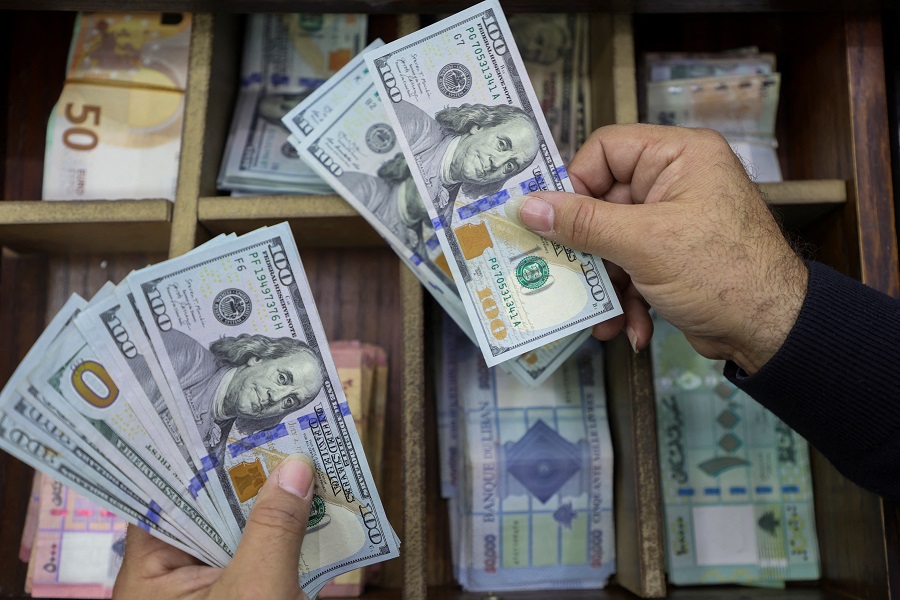Kanishka at the Mathura Museum

History has always interested me and a headless stone sculpture of Kushan emperor Kanishka got etched in my mind since the day I read about it and saw a photograph of it.
This special sculpture is said to be the only image of the monarch in existence and is on display at the Government Museum in Mathura. Finally an opportunity presented itself and I was able to visit Mathura and see the rich collection of artefacts at the city Museum.

I was first directed to the old museum, founded in 1874 by Sir F.C. Growse, the then collector of the district. Back then it was named the Curzon Museum of Archaeology. It was a beautiful building ideal for housing works of art. However, the space started proving insufficient over the years as it acquired more and more artefacts -- discoveries made by colonial archaeologists like Alexander Cunningham, F.S Growse and others. It became necessary to create a larger space to display the new acquisitions that included pottery, sculptures, paintings and coins, primarily from in and around Mathura.
The new Museum that I was directed to, was a more modern structure. The museum in-charge moved the collection in the 1920s to this circular sandstone building, which was partially completed then and also changed its name to Archaeology Museum, Mathura.
When the building was completed in 1962, the museum was again renamed as ‘Government Museum, Mathura’ or Rajkiya Sangrahalaya. It is now considered one of the leading museums in Uttar Pradesh and famous for ancient sculptures of the Mathura school dating from 3rd century BC to 12th century AC. It is also a repository of the most important collection of the Mathura School of Sculpture of the Kushan and Gupta empires. On the occasion of the Museum’s centenary on October 9, 1974, a stamp was issued in its honour by the government of India.

The Kushan dynasty captured Bactria and Gandhara from the Greeks in the 1st century AC and ruled the Indian territory as far south as the river Narmada. Kanishka 1, also referred to as Kanishka the Great (c. 127–150 CE), is famous for his military, political, and spiritual achievements. A descendant of Kujula Kadphises, founder of the Kushan empire, Kanishka’s empire extended from southern Uzbekistan and Tajikistan, to as far as Mathura in the south east. The main capital was located at Purusapura in Gandhara, with another major capital at Kapisa.
Though he personally embraced both Buddhism and Persian traditions, Kanishka seems to have chosen Buddhism as his religion. He minted coins during his reign in which the depiction of the Buddha changed from symbols to human form. Kanishka is held in high regard in the Buddhist tradition as he not only believed in Buddha's teachings himself, but helped spread them far and wide.
A proof of this was the 4th Buddhist Council that he headed in Kashmir. Kashmir was a part of his territory and ‘Kanishkapur’ (now modern day Kanispora) is named after him. Not far from this town lies the Baramula Pass, which still contains the base of a large stupa. Kanishka is also known to have encouraged both the Gandhara school of Greco-Buddhist art and the Mathura school of Hindu art.
Besides its treasured artefacts, my visit to the Government Museum was made special by the museum’s attentive caretakers. Initially I had thought their enthusiasm was due to the rarity of visitors, but heartingly, I realised that they were genuinely interested in their work.

One of them chose to be my guide and as I discovered, he was a real fountain of knowledge. It was he who introduced me with great pride to the museum peon, who had mastered the Brahmi script and was the only one among the staff, who could decipher the texts carved on the stone figures. At the museum, there were many images dating to the reign of the Kushan dynasty, The most famous among these was of course, the headless image of ‘Kanishka the Great’ , who reigned until 144 th century AC and expanded the Kushan territory even further.
My guide took his task very seriously and introduced Kanishka to me with a flourish – almost as if he himself had created the magnificent image. I have to say the moment was full of drama and my heart almost missed a beat! Kanishka’s headless torso with one hand on a solid royal sceptre and another on the hilt of his sword, was even more impressive than I had expected it to be. As I gazed on the massive figure, my guide pointed to the name ‘Kanishko’ written in Brahmi script across the base of the statue.
It is quite easy for anyone visiting Agra by road to make a short detour to Mathura - the ancient city located on the banks of the river Yamuna and venerated as the birthplace of Lord Krishna. Regular visitors to Mathura are mostly pilgrims and unfortunately, very few show any real interest in the priceless treasures housed in the Mathura Museum. The pity is that very few know about this splendid museum that offers more than most other museums in the country – my visit was like reliving history.




















